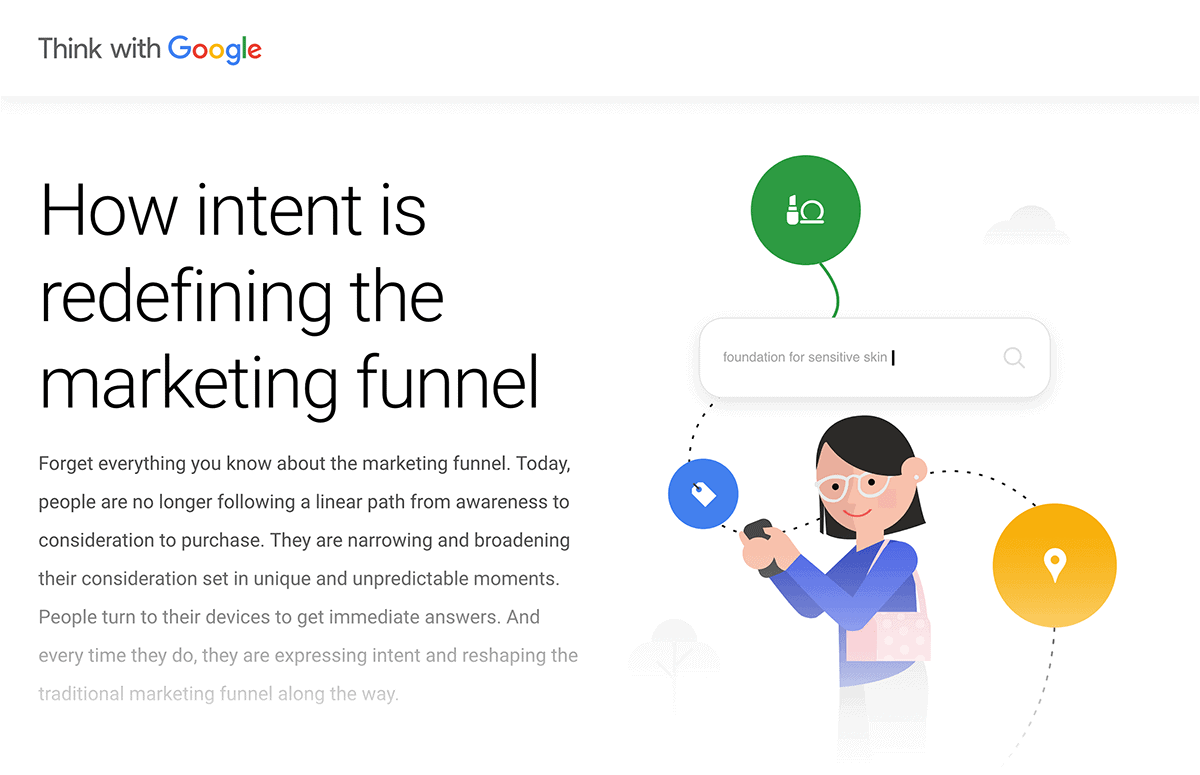The Hosting Insight
Your go-to source for the latest in web hosting news and tips.
Search Intent: The Key to Digital Success
Unlock digital success by mastering search intent! Discover strategies that boost your traffic and engagement today!
Understanding Search Intent: A Comprehensive Guide
Understanding search intent is crucial for anyone looking to enhance their online presence through effective SEO strategies. Search intent refers to the primary goal a user has when entering a query into a search engine. There are generally four categories of search intent: informational, navigational, transactional, and commercial investigation. Informational intent seeks to answer specific questions, while navigational intent aims to reach a particular website. Transactional intent involves completing a purchase, and commercial investigation entails researching products or services before making a decision. By understanding these types, marketers can tailor their content to meet user expectations and improve engagement.
To successfully align your content with search intent, it's important to conduct thorough keyword research. Utilize tools that help identify the intent behind various search queries and focus on creating high-quality, targeted content that answers users' questions effectively. For instance, use headings and bullet points to structure information clearly, making it easier for readers to digest. Additionally, consider incorporating multimedia elements like videos and infographics, which can cater to different learning styles and boost user engagement. By prioritizing search intent in your SEO efforts, you not only enhance your site's visibility but also provide value to your audience, fostering loyalty and trust.

How to Align Your Content Strategy with User Search Intent
Aligning your content strategy with user search intent is crucial in today’s digital landscape. Understanding what users are looking for when they type a query into a search engine allows you to create content that meets their specific needs. Start by conducting keyword research to identify common phrases and queries related to your niche. Use tools like Google Keyword Planner or Ubersuggest to discover long-tail keywords that reflect user intent, whether it’s informational, navigational, or transactional. This will help you structure your content effectively and target the right audience.
Once you have a clear understanding of user intent, it’s essential to create content that addresses those needs specifically. For instance, if your research indicates that users are seeking how-to guides, consider developing step-by-step articles, videos, or infographics that provide comprehensive answers. Engagement metrics such as time spent on a page and bounce rate can offer further insights into whether your content resonates with users. Regularly update your content to keep it relevant, and always consider feedback from your audience to refine your approach sequentially.
What is Search Intent and Why Does It Matter for SEO?
Search Intent refers to the primary goal that a user has when entering a query into a search engine. Understanding search intent is essential for SEO because it helps content creators and marketers tailor their material to meet the specific needs of their audience. There are generally four types of search intent: informational, navigational, transactional, and commercial investigation. By aligning your content strategy with these intents, you ensure that you are providing relevant answers to users' queries, which in turn can improve your ranking on search engine results pages (SERPs).
Why does search intent matter for SEO? The answer lies in the shifting algorithms of search engines that prioritize user experience and satisfaction. When search engines like Google understand what users are looking for, they can serve up the most relevant content. This means that if your content matches the search intent of users, it is more likely to be clicked on and shared, increasing organic traffic to your site. Consequently, focusing on search intent not only enhances your SEO efforts but also fosters a deeper connection with your audience, leading to higher engagement and conversions.